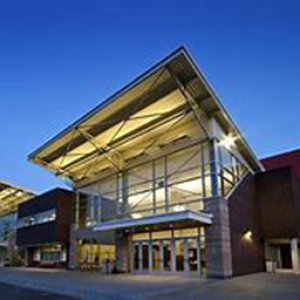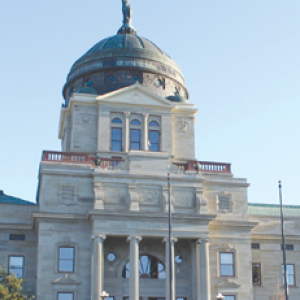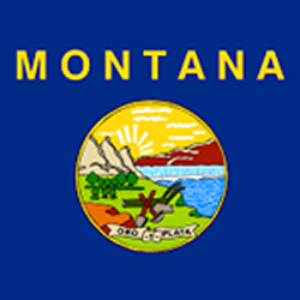By Evelyn Pyburn
Last week, the regular meeting of the Board of County Commissioners was anything but typical as the commissioners considered an agenda item for requests for proposals (RFP) for the private management of Metra Park.
The public hearing was punctuated by loud voices, dissention among county commissioners, shouted outbursts from the crowded room, and standing applause.
Most of those in attendance were either opposed to the idea or were asking that more information be gathered before making a decision. Following public comment, the RFP request passed in a 2-1 vote. Commission John Ostlund voted in opposition.
Prior to voting against the RFP, Ostlund made a motion to table the issue until further information could be gathered. It failed for lack of a second.
Most of the public seemed to conclude that the RFP would finalize the decision, which both Commissioners Denis Pitman and Don Jones said was not the case.
Ostlund said that he was disappointed in what they were doing because they were “totally ignoring 100 percent of the user group asking them to slow down. We need a third-party evaluation.” He said that the commissioners sprang the idea on everyone… “they didn’t even notify users.”
He vowed to completely vet the idea which is the obligation of the commissioners, he said. “…and I’m going to see that we do that.” Ostlund said that if it was not vetted, his support for the Master Plan “is gone.” “I’m not interested in asking taxpayers to support it,” he continued without thoroughly knowing what it is they are supporting.
His comments elicited standing applause from the packed house and people from the audience began to shout comments to the commissioners such as “You should be ashamed of yourselves.”
Chairman Jones called for the audience to quiet and said he would dismiss everyone from the room if they did not.
Pitman said that requesting RFPs was part of the process that they needed to pursue in order to gather the necessary information, which is what the public was asking them to do.
Jones actually reworded the motion to be more specific that what they were voting upon was to include investigating the current management structure of Metra Park, employee skills, finances etc. Jones said that the Metra Park Advisory Board was completing a Master Plan that would take the county-owned facility into the next 50 years – “We need to make sure we have the best management structure to take us into the next 50 years.”
The request passed by the commissioners for RFPs requires that interested companies submit their qualifications by November 23, and that following a review and a public comment period, the commissioners would make a final vote on the proposal on December 7.
Pitman disagreed that this was “thrust upon people.” He said, “The vote we take today is to get information….You are coming to conclusions before the process even starts.” To do it any other way would be to not pursue the process of an RFP, which Pitman said would violate the commissioners’ policies and procedures.
Ostlund attempted to interrupt Pitman, but was chastised by Jones who said that Ostlund didn’t have the floor. When he was allowed to speak, Ostlund said ,“”I’ve never heard so much B.S. from Denis Pitman’s mouth.” Ostlund likened the RFP process to trying to get objective information from a sales person trying to sell something. “This is no process this is a railroad job,” he declared.
Jones reiterated a statement he had made before that they are not going to turn the issue over to a third party. He said that they were elected as commissioners to get information “from all sides and determine what is best course of action for the public” and to get public input. He conceded that while they had gathered some positive input about the benefits of privatizing the administration, they still don’t know the negatives.
He went on to explain that they would be talking and working with Metra Park administrators and employees to gather information. When he mentioned working with Manager Bill Dutcher, who has been at Metra Park for 40 years, Dutcher, who will retire on Dec. 31, pushed back saying that that he would have nothing to do with the process, that he would be gone. Dutcher said that he was at Metra Park for the people, pointing at those in the audience, for the employees and the users of the facility.
There were several speakers who expressed concern about what the controversy was going to do to the support for the Master Plan, which has been worked upon by the Advisory Board for two years. They pointed out that many people spent a lot of time building public support for the project and many had contributed hundreds of thousands of dollars to help promote a levy to build the structures that will be recommended in an announcement expected in the next few weeks.
One speaker threatened that if Jones and Pitman continued on this track there would be a recall petition.



